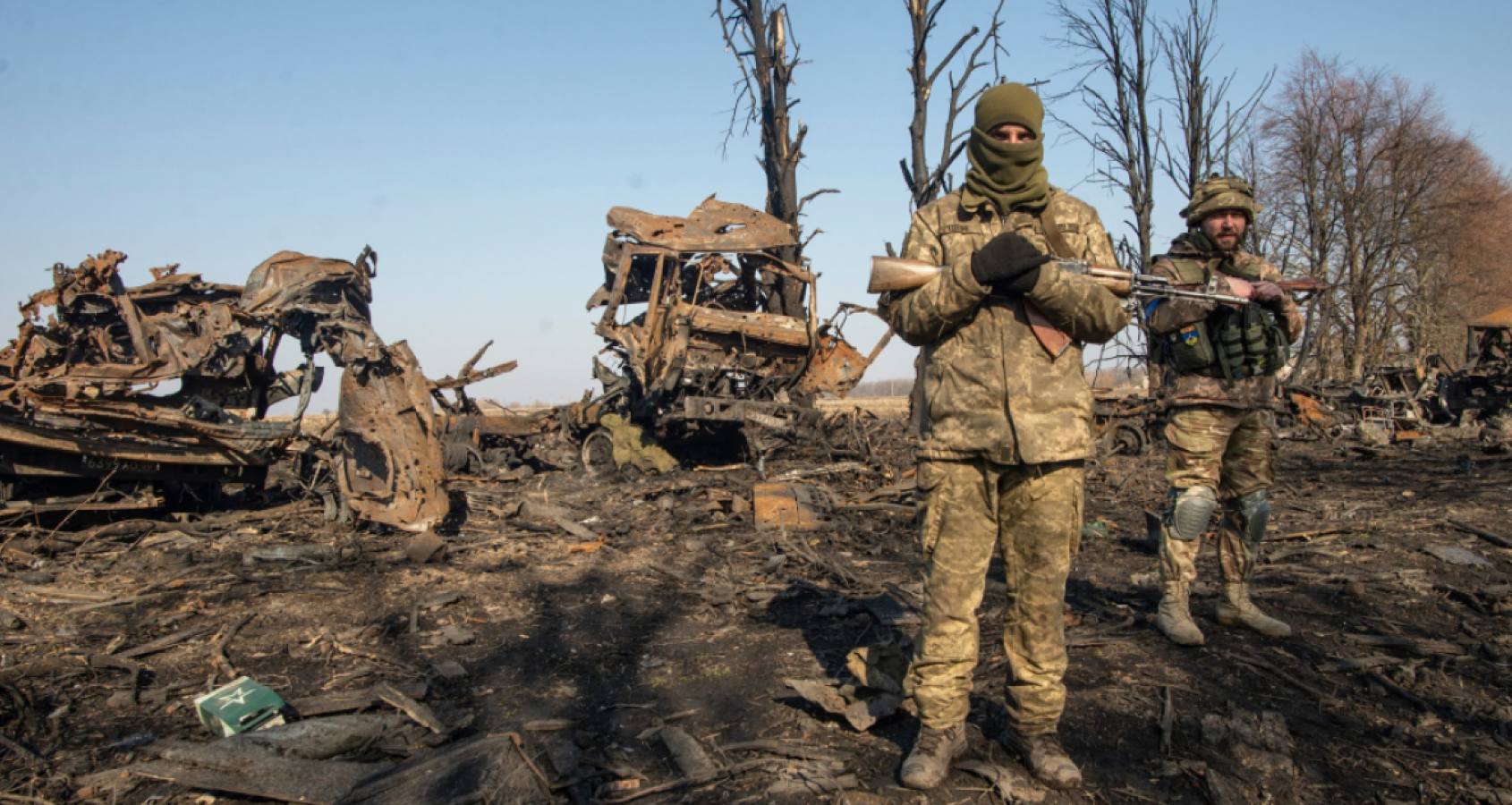"The freedom to Ukraine – or death": how the 93rd Independent Kholodnyi Yar Mechanized Brigade continues the war of its ancestors
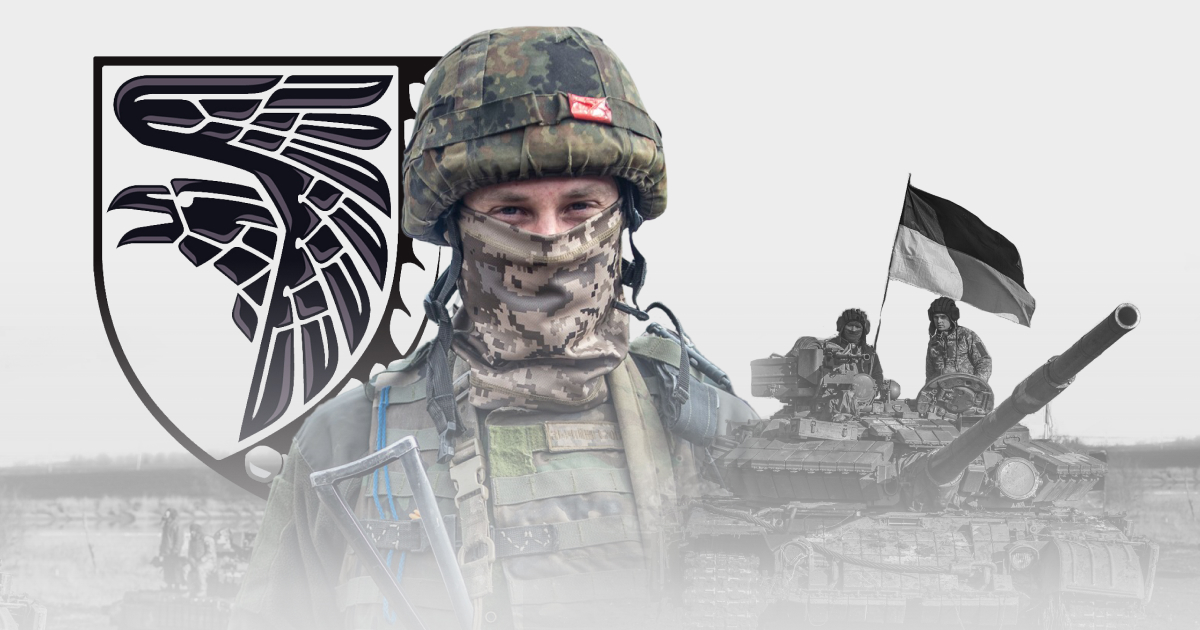
For the eighth year in a row, on October 14, Ukraine celebrates Defenders Day. During these years and until now, the Armed Forces of Ukraine have been holding back Russian aggression. The Kremlin, on the other hand, seeks to take away the right to life from Ukrainians. Only the Ukrainian army can stop it. Therefore, October 14, 2022, is another opportunity to understand what the Ukrainian military is like.
In addition, October 14 is the day the Ukrainian Insurgent Army was created. Despite the unequal parity of forces, the UPA opposed the Nazi and Soviet forces. For example, Kholodnyi Yar rebels. The protest movement in part of the Cherkasy region began as early as 1919 but reached its peak the following year. Local otamans managed to organize brigades of 30 thousand people and develop the organizational structure of the rebel army.
Despite the insufficient number of weapons, the rebels prevented the Bolsheviks from establishing power in the districts until 1922. The Chekists then organized a special operation and captured them. Even in prison, they raised an uprising, during which they died. On their flag was the inscription "The freedom to Ukraine – or death."
Their memory is immortalized in the name of the 93rd Independent Kholodnyi Yar Mechanized Brigade. Its fighter Oleksandr "Consul" SosovskyI ("Consul" because he is a Master in international relations) is convinced that the name suits the brigade, which has repeatedly proven its loyalty to the slogan of the Kholodnyi Yar rebels. "The indomitable spirit of the insurgent-guerrilla movement of those times is intertwined with modern events," says "Consul."
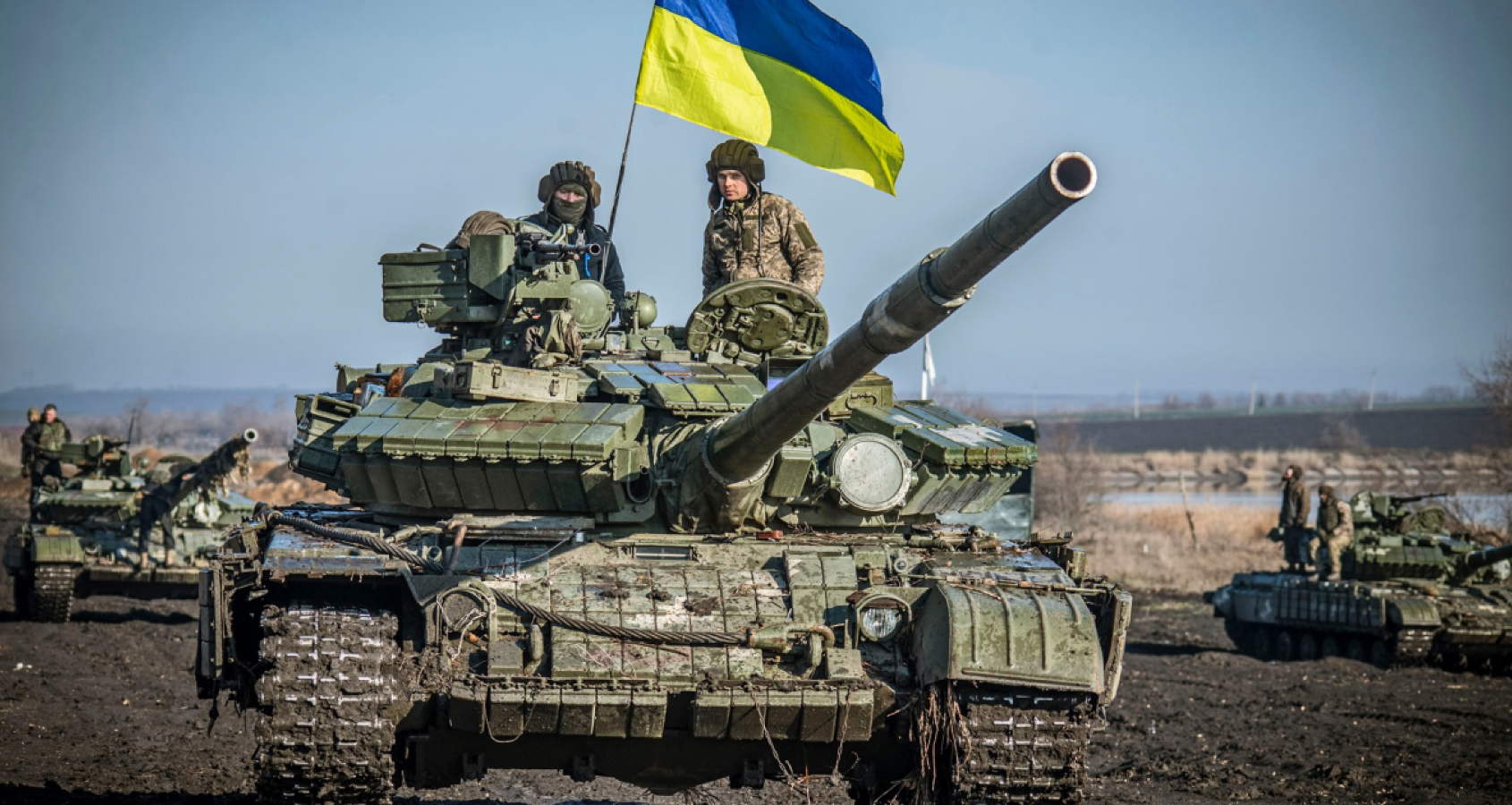
Reclaiming your territory
In 2014-2015, fighters of the 93rd Independent Kholodnyi Yar Mechanized Brigade took part in battles in Ilovaisk and Debaltsevo, the Donetsk International Airport, Pisky, and in the Avdiivka direction. Starting from February 24, 2022, they are fighting in the Sumy, Kharkiv, and Donetsk directions. Since the beginning of the full-scale war, many soldiers have returned to the brigade. In particular, a motorized infantry battalion was formed, the commander and all management of which are military personnel who have been fighting since 2014 and defending the Donetsk Airport.
Serhii "Boroda" Badiuk entered the Ukrainian Armed Forces seven years ago. He has a Ph.D. in technical sciences, was engaged in research work, and worked as a technical engineer in a 3D printing company in Dnipro. "Boroda" went to war for the first time in 2015: he defended positions around Avdiivka, Marianka, and Pisky. On February 24, he returned to the frontLines as part of the 93rd Kholodnyi Yar Brigade.
"On February 29, we arrived in the Sumy region and settled near Okhtyrka. At first, there was uncertainty, we did not see the enemy, but there were constant artillery fire and aircraft bombings. Later, we began to move closer to the border — the brigade forces surrounded the Russian military in Trostianka and gradually pushed them to the border with Russia," Badiuk recalls.
At the end of March, it was possible to liberate the Sumy region from the Russian army, and the Kholodnyi Yar soldiers set off to liberate the Kharkiv region in one of the most difficult directions — the Izium one.
The Ukrainian military held the front around Izium for five months. At the beginning of the fighting in this direction, the brigade tried to stabilize the situation and stop the Russian advance. The soldiers were hit by Iskanders, Tochka-U, cluster munitions, tanks, and barrel artillery. The brigade survived numerous storms, breakthroughs, encirclements, and losses. However, having held the front line and formed units for reinforcement, the Kholodnyi Yar soldiers began counter-offensive actions, liberating a considerable part of the territories. The amount of enemy equipment the military managed to destroy is hard to count, and some trophy specimens are now helping the fighters in a new direction.
"Kharkiv land, or rather Izium land, is close and clear to us, we know every bush there. The actions of the Armed Forces of Ukraine in this direction have attracted the attention of the whole world. Many of my foreign acquaintances wrote and enthusiastically commented on the events, saying they could not believe the rapid movement of the Ukrainian army. The information about the successful breakthrough in the Izium direction became a breath of fresh air for us," says "Consul".
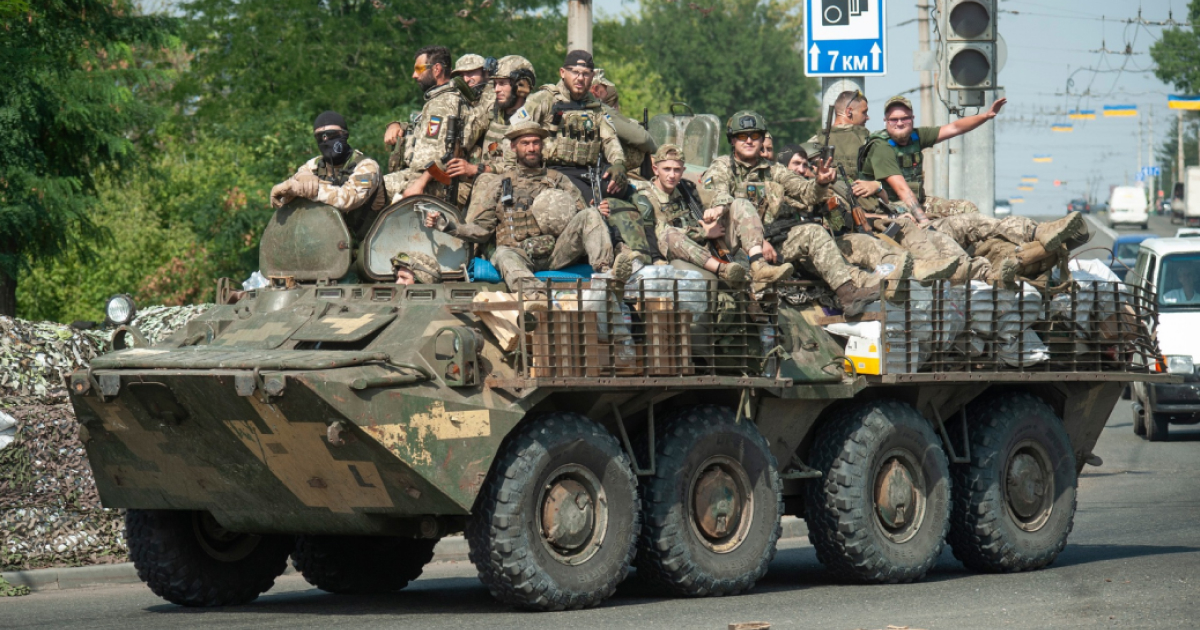
Irreversible losses
Today, the Ukrainian army is armed with the latest types of equipment, including various types of UAVs and surveillance cameras that allow for reconnaissance, detection of Russian forces and equipment, and remote artillery fire adjustment.
"The scheme of working with surveillance cameras was developed in our rotations before the full-scale war. Instead of sitting in a trench, taking risks, and monitoring everything with binoculars, the soldiers sat in a shelter in front of 4-6 monitors. The same picture was displayed at the brigade control. And everyone — both an infantryman on the front line and an intelligence agent on duty in the rear — could see suspicious movement not only in the lane of their responsibility but even what is happening around it," says Iryna "Ryba" Rybakova, press officer of the 93rd brigade.
"Ryba" explains that now each Kholodnyi Yar unit uses drones for reconnaissance and fire adjustment. The infantry usually uses "Mavic 3" drones, and brigade artillery groups use the "Leleka" and "Furiia" drones which fly at greater distances and can stay in the air longer than civilian copters.
"Information from the cameras is sent to the monitors directly during the flight with a delay of seconds. This allows you to immediately fire at identified targets and quickly make decisions on combat management," the press officer adds.
At the same time, no one forgets intelligence in its classical sense. The reconnaissance groups of the 93rd Brigade are trained at the level of special forces and perform difficult and dangerous tasks, especially when the brigade is preparing for assaults and attacks on Russian positions.
The intelligence officer of the 93rd Brigade was Roman "Seneca" Ratushnyi, a public figure from Kyiv, journalist, and activist who defended the Protasiv Yar area in Kyiv from illegal constructions. From the first day of the full-scale Russian invasion, Ratushnyi took part in the battles near Kyiv. After the liberation of the Kyiv region, together with friends, among whom are public activists and Supreme Court judge Ivan Mishchenko (Mishchenko delivered the decisive verdict in the case of Protasiv Yar — ed.), liberated Trostianets in the Sumy region and fought near Izium in the Kharkiv region where he died on June 9, 2022.
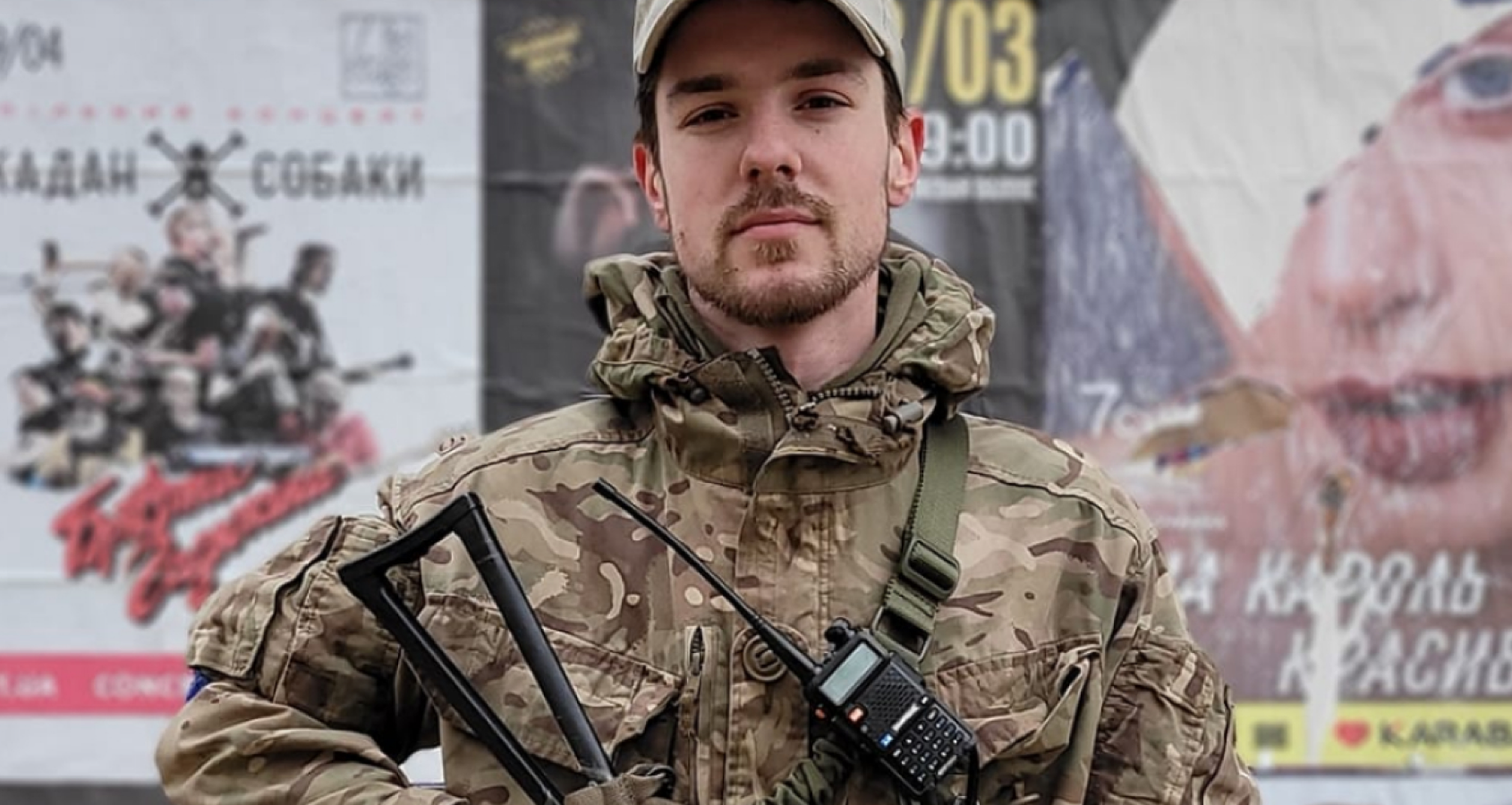
"Roman was irreconcilable to the enemy, very brave, noble. He died while hunting an enemy tank, literally seeping into the enemy's area. However, the Russians noticed him. By military standards, he contributed to our victory as much as every soldier and officer fighting the enemy at the front. But his death was a shock not only for the Ukrainian but also for the world community; it encouraged world-class diplomats and politicians to make greater efforts to strengthen Ukraine," says Rybakova.
War is losses
"How to maintain a fighting spirit despite the losses? This is a question to which you would not like to have an answer, and if you already have one, then you are just silent. Evacuation is taking place — you see the motionless body of your brother-in-arms. And there is nothing you can do. Sometimes you are helpless and powerless because of it. Conversations with relatives and loved ones help me. I immediately dream of going home and hugging them, at least for a few days," shares drone operator Danylo "Ali" Kryk.
In 2014, when Russia temporarily occupied Crimea and the areas of the Donetsk and Luhansk regions, "Ali" was 16 years old. He is from Zaporizhzhia. From 2018 to 2021, he was in contract service in the 93rd Brigade — in his first year, he was a grenade launcher, and in two years, he became an acting platoon commander. Upon his resignation, he planned to start his life over — to go to Poland to work. But it didn't work out. When Russia launched a full-scale invasion on February 24, Kryk was mobilized.
Why?
This question is asked by foreigners who do not understand why Ukrainians are ready to die for every piece of Ukrainian land. "Ali" admits: he wants to go back home. But this is exactly what adds to the desire to perform one's work in a high-quality manner.
Serhii Badiuk believes that this is their job to destroy the Russian Empire forever.
"We are doing it with our own hands, and one way or another, sooner or later, we will win, and Russia is doomed," the man says.
Oleksandr Sosovskyi would also like it to happen sooner. Then he will be able to spend more time with his son. In the meantime, the fighters keep in touch with the rear by phone and mail. Badiuk calls his wife every day, and Kryk is happy every time he finds children's drawings or poems in the packages.
"The whole country will work, study, love," this is how "Consul" sees the future of Ukraine after the victory. He believes that no matter how tired the Ukrainians are, they will find the resources for the war.
The destruction of the Russian Empire really requires a lot of strength. Ukrainian defenders will be able to do this only if the entire Ukrainian society helps them.
